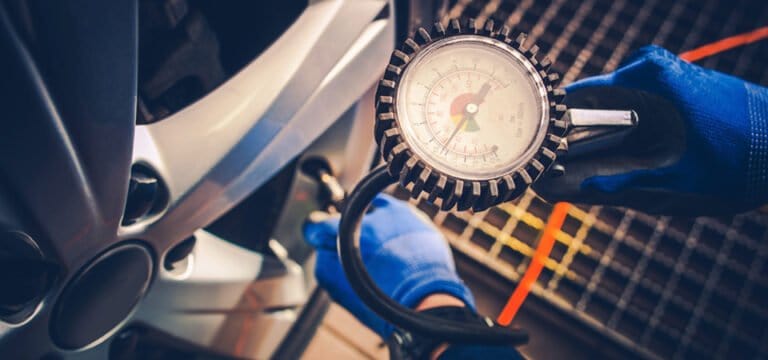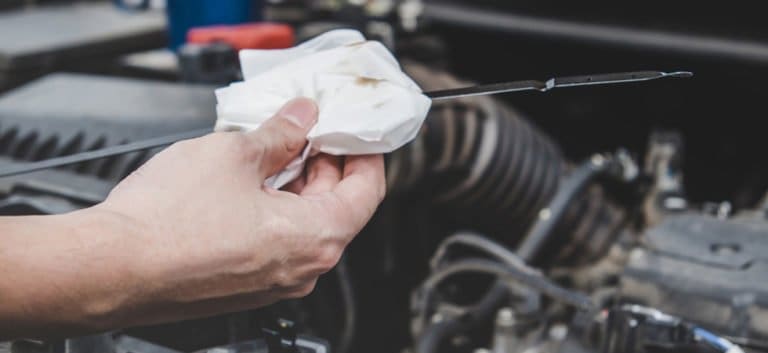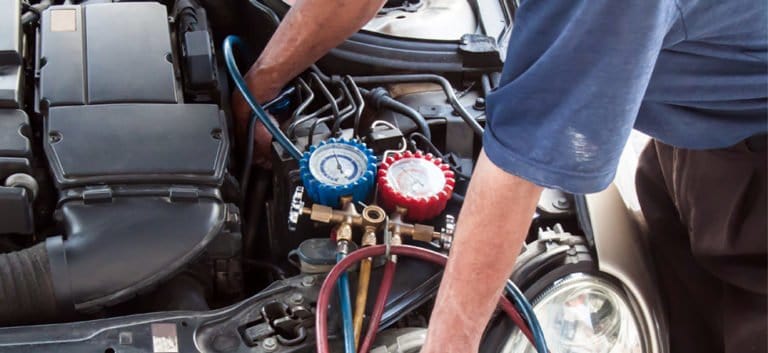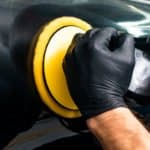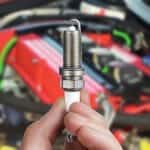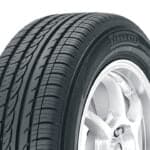Affiliate Disclosure: Some of the links in this post are affiliate links. As an Amazon Associate, we earn from qualifying purchases. Read more in our affiliate policy.
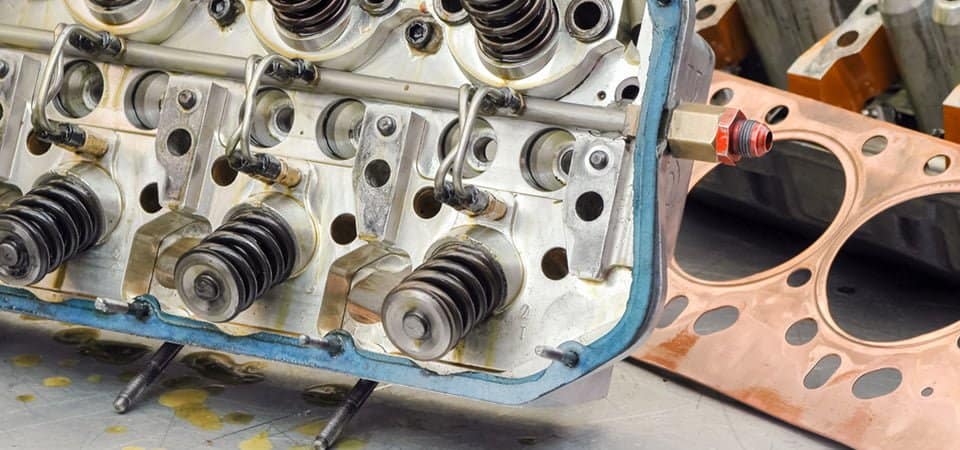
Knock Sensor Functions, Bad Symptoms, Replacement Cost and More!
Hello and welcome. Today we’re going to discuss knock sensor functions, and everything related to knock sensors, including the bad symptoms, typical problems, ways to test it, replacement costs and more!
Now, as a word of introduction: we all know the engine is the heart that keeps our cars pumping. It’s a highly sophisticated piece of engineering that has done its part in making most of our lives convenient, efficient and quite fun. As advanced as it can be, well it’s not perfect, but nothing ever really is, as sometimes operation within our engine can go disarray.
There’s a lot going on in the process of firing up your vehicle so here we will discuss what a knock is, what a knock sensor is and some useful tips and information about knock sensor functions.
Knock Sensor Functions – Things To Know
First, What is a Knock?
A knock or knocking also knew as spark knock, detonation, pinking or pinging in a spark ignition internal combustion engine happens when combustion of the air/fuel mixture in your cylinder does not result from flame propagation front ignited by your spark plug. But instead, one or more air/fuel mixture does so outside of the normal combustion front.
In essence, a knock is when the fuel combusts on its own for whatever reason. Maybe the air/fuel mixture is too lean or the spark advance was too much, it means the fuel has self-ignited. It didn’t ignite before it’s supposed to creating a shockwave, resulting in the noise that you’ll be hearing.
It happens when the piston is not in the correct position and it may damage your engine in time.
Video explaining Knocking Combustion and Pre-Ignition
Second, What’s a Knock Sensor and How Does a Knock Sensor Work?
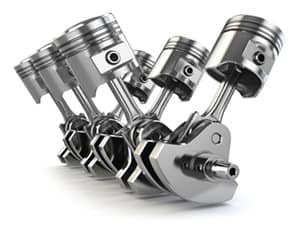
The PCM or the power control module in your car uses the signal to change the ignition timing and prevent any detonation. It will then compare these readings in its preset tables to identify whether a knock or ping is valid.
If a ping is detected it will retard the ignition’s timing to protect the engine from further knocking.
TIP: A knock sensor is also sometimes referred to as the microphone of your car.
Now that we are clear on what a knock sensor do let’s discuss its parts and operation further.
The knock sensor is composed of a resister and a piezoelectric sensing crystal. A piezoelectric sensing crystal is a material that converts mechanical stress into an electrical charge. It can be ceramic or crystal.
The resonating plates inside your knock sensor picks up the reverberations and then the piezoelectric sensing crystal sends or produces voltage to send as a signal to your car’s PCM for it to in turn do its job. Reverberations that are picked up are commonly at 6 to 8 kHz.
There are certain levels of a spark knock or certain noise levels made in the engine that your knock sensor can detect. There’s your mild knock that often creates a pinging sound (sounds like a small ball bouncing inside your engine) which can be easily detected by the knock sensor.
However, if the engine or the car is not maintained enough you can have knock as noisy as someone banging on a door and may not be detected easily and may damage your engine severely in time.
Are knock sensors necessary and should I be worried about it?
The short answer is YES.
A knock sensor is important if you want your engine to stay on tip-top shape. Maybe there’s no need to rush but take note that the more you delay the more damage can happen to your engine.
Pre-ignition is really bad for your car. At the very least take note that when your knock sensor is busted your check engine light will come on and if it’s on and you have some other damage parts under your hood you won’t know about it until the damage is done and your vehicle is in deep trouble.
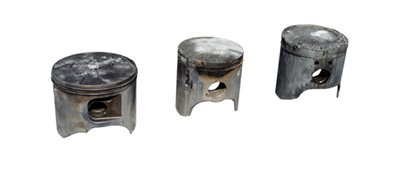
Knock Sensor Bad Symptoms
OK, so now once you know what are knock sensor functions, let’s discuss another thing – the knock sensor bad symptoms. They’re typically the following:
- Check engine light comes on
- Noise
- Poor engine performance
- Damaged spark plugs
- Poor fuel economy
Starting off our knock sensor bad symptoms discussion:
Check engine light comes on
One we never have to delay upon or disregard, your check engine light comes on when you have a bad knock sensor. But of course, there are tons of reasons why it does. So go grab your OBD-2 code scanner and check your car’s computer.
After plugging your scanner you should get a P0325-P0332 error code. Time to check that knock sensor.
Noise
From light noise to a loud thumping or banging on the door like noises, these are pre-ignition or detonations. So if you’re having one too many of these lately then make sure to go check your knock sensors as it is malfunctioning.
It’s not sending the necessary voltage for your car’s computer module to re-adjust that’s why knocks keep on happening.
And in time we assure it will get loud and damage might be done on your engine.
Poor engine performance
Another tell-tale sign that you are having a knock sensor problem is when your engine’s running at a low-performance level lately.
Your engine may misfire, jerk, stall, backfire or not start at all. You may also be having problems accelerating. Coupled with a burning smell coming from your engine you may have some serious damage under the hood.
What happens is that the PCM is not getting any relevant data about the knocking that’s probably been happening for a while now so it can’t do the necessary adjustments for the ignition timing.
It’s time you take a look not only of the knock sensor but also your other engine components as well. Repairs may need to be taken to professionals in your local auto repair shop to see the extent of the damage and save as much money as possible early on, just be more efficient and do some damage control.
Damaged spark plugs
It’s simple, your spark plugs get overworked because of the frequent adjustment on the ignition timing and the cylinder is flooded by unusual levels of fuel all the time.
So if you happen to discover that your spark plugs have gone bad or have had one too many burned spark plugs lately, test your knock sensors out just to be sure. You don’t want to keep replacing spark plugs, it may cost you a lot.
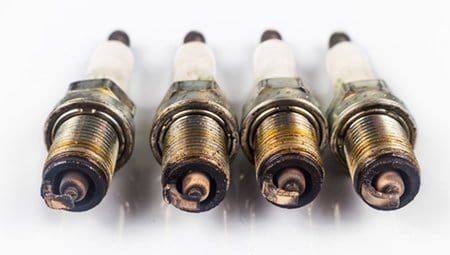
Poor fuel economy
Poor fuel economy is when you’re running in less mileage than you used to with a certain amount of gasoline you put in your car. This and coupled with some of the symptoms we’ve discussed so far should be a clear cut indicator that it’s time to take a look at that knock sensor.
How to test a knock sensor?
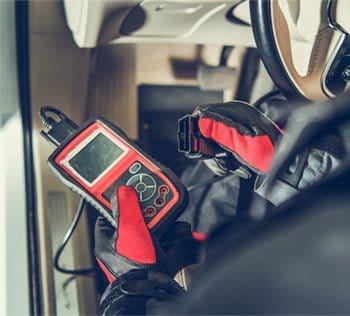
Obviously, the best way on how to test a knock sensor is by using a code scanner. We mentioned the error codes it reads earlier at P0-0325 to P0-0332, this should be fast and efficient testing and should be pretty reliable.
Other than that some knock sensors can be tested using an ohmmeter, this specifically refers to the old types.
The next way to test out your knock sensors is by using a multimeter or a voltmeter.
But doing this is a bit hard because of your knock sensor’s location or it might not be that accurate. But you can still give it a try.
Other than the voltmeter you may need something to lightly tap the knock sensor with. What we advise you to do is to remove the knock sensor from its place inside the engine first. Connect your knock sensor to your voltmeter then once removed, lightly tap (as to not to damage or break it) on the knock sensor and if you see the volt reading going up then you have a working knock sensor.
Unfortunately, if there’s nor readings then chances are your knock sensor is busted.
Again, not very accurate (or safe as you might break it) but might give you an idea as to how your knock sensor is doing.
Maintenance, repair, and replacement of the knock sensor
The best way to maintain your knock sensor like everything else under your hood is to clean it.
The knock sensor itself is contained but its connector and its external parts are almost always exposed to all sorts of elements like dirt, moisture, and debris. So after some time, its connector might get clogged or worse your sensor might suffer from corrosion.
Check the level of damage done by corrosion if it’s really bad then you may have to replace it instead.
The first thing you need to know is that knock sensors are usually located in hard to reach places so you may need to remove some parts of your engine to reach it, but if you do, it’s easy to just take it out for cleaning.
Once you have it just uses a cleaning agent or alcohol to remove dirt from the connector or the knock sensor itself. Reattached accordingly. Be careful as you might break the crystal while handling it.
Faulty Knock Sensor – Repair or replacement?
Most of the time it would just be advisable to replace your knock sensor.
The replacement process itself is pretty straightforward and the knock sensor doesn’t cost much. If you’re apprehensive though on removing the part of the engine covering it all up then get a mechanic to do the replacement for you.
It’s a pretty simple component and repairing it might be a bit futile.
How much does a knock sensor cost?
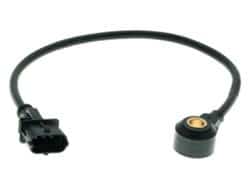
A knock sensor replacement cost is about $100 to $500 with the part itself costs around $60 to $200 depending on your car.
Labor costs would be around $50 to $350.
Is it safe to drive with a faulty knock sensor?
We’ve discussed above that it is not okay to disregard the symptoms of a bad knock sensor, now we’re going to dig in deeper about this hot topic as many of our readers keep asking us if is it safe to drive with a faulty knock sensor.
- One thing that will happen when you’re running with a bad sensor for some time is a decrease in acceleration until it is replaced.
- Also with a faulty sensor, there is a greater chance that higher emissions will be produced because your engine will be running hot.
You’ll be in trouble with the environmental protection agency with such high emissions. So better get the replacement done as you don’t only damage your car, ruin your trip but also be a hazard to the environment. - We’ve said it before and we’re going to reiterate once again. You can drive with a faulty knock sensor but we’d rather you don’t. It’s just not good news for your engine as in time it will accumulate damage and it’s something you could’ve prevented.
There’s good news though as knock sensors usually last a very long time before getting damaged or be in need of any replacement.
Usually, a knock sensor lasts for about 13 years and maybe by that time, you won’t have second thoughts of replacing it anymore once it goes bad.
Some of the reasons why it goes bad quickly though is most of the time just rough handling it, dropping it causing to the breakage of the crystal inside. Also overheating, clogs and dirt because of irregular cleaning or none at all.
Knock Sensor Functions And Bad Symoptoms – Conclusion
In conclusion, a knock sensor is one of those engine components that often get overlooked but play an integral role to get your vehicle moving. Knowing your knock sensor functions, symptoms and process will definitely go a long way.
Each component in your engine works so you’ll go on your trip as safe and comfortable as possible. As they say, the knock sensor is your car’s microphone, so listen carefully as it may save you from a lot of problems.
Garagechief.com will always keep you informed and updated about your precious ride.
Have a happy and safe trip!
Disclaimers
All product names, logos, and brands are property of their respective owners. All company, product and service names used in this website are for identification purposes only. Use of these names, logos, and brands does not imply endorsement.
It is our policy to make every effort to respect the copyrights of outside parties. If you believe that your copyright has been misused, please provide us with a message stating your position and we will endeavor to correct any misuse immediately.
Some of the links in this post are affiliate links. As an Amazon Associate, we earn from qualifying purchases. This means if you click on the link and purchase the item, we may receive an affiliate commission, at no extra cost to you. This helps us keep this website alive. Read more in our affiliate policy.
